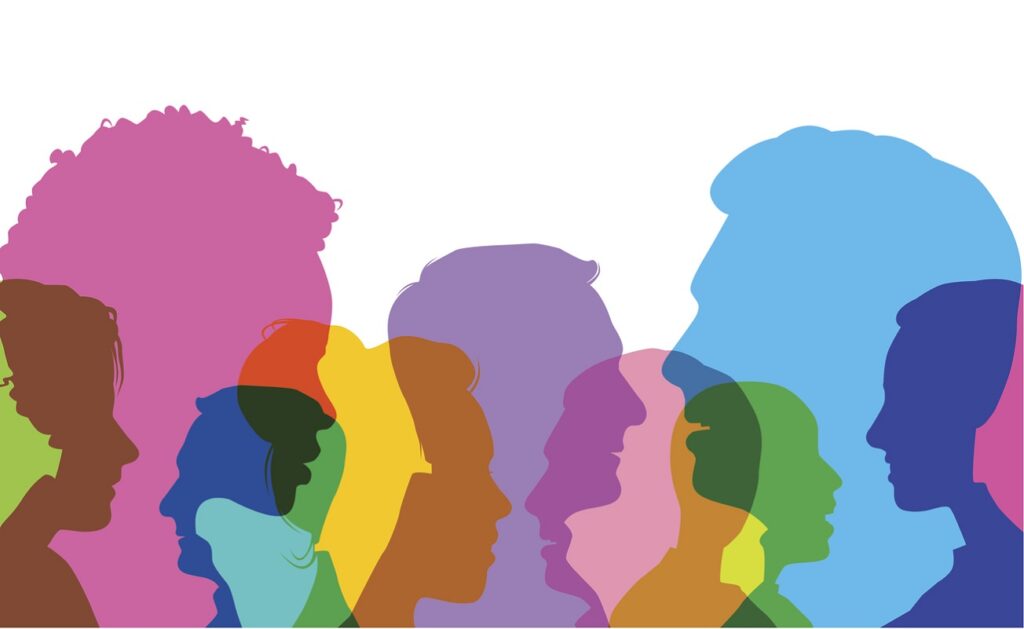There’s so much rich insight coming out of the academic sector that HR professionals need to know. At Academics’ Corner we feature the best HR researchers that tell you what they’ve found and what you need to do differently on the back of the research. Get connected to the academic sector through Academics’ Corner and make sure you never miss another piece of key research again. If you’re an academic with a relevant story, please get in touch on academicscorner@hrzone.com.
Diversity & Inclusion is a hot topic.
Within the past six months, two government-backed reports have placed a huge emphasis on how organisations treat their Black Asian and Minority Ethnic (BAME) employees. Both have called for organisations to make changes to their operations that they may not be prepared for…
In November 2016, the Parker Review found that BAME individuals were severely underrepresented at the top levels of industry and recommended that each FTSE 100 Board should have at least one BAME director by 2021.
Then, in February 2017, the McGregor Smith Review investigated found evidence that BAME employees experienced discrimination and bias at every stage of their careers, hindering their progression.
The review suggested that, if organisations fully utilised BAME talent, the UK economy could be boosted by £24bn.
Though some may question how the authors arrived at the £24bn figure, or why just one BAME person at board-level is sufficient, what cannot be disputed is the attempt of these reports to build a robust business case for diversity and career progression for minority professionals.
And, as a result, we’ve been bombarded with claims from organisations, the media and business gurus that the case for diversity has now been established.
As much as I share their enthusiasm for promoting diversity and inclusion in the workplace, I find such claims to be troubling because they are so often oversimplified.
In 2013, a government report entitled “The Business Case for Equality and Diversity” provided a comprehensive review of the key economic evidence that underpins the business benefits of equality, diversity and inclusion.
It also revealed an inconvenient truth:“There is no single approach that all businesses can adopt to ensure equality and diversity are beneficial. To be effective, equality and diversity need to be embedded in the business strategy”.
In other words, organisations must commit to developing business cases for diversity that are specific to their own particular circumstances. Simply expecting profits and productivity to increase after becoming “more diverse” is short-sighted and counterproductive.
A key part of developing a coherent business case for diversity for leaders to understand the “lived experiences” of those who have been marginalised or underrepresented within their organisations.
My PhD thesis sought to do just this, investigating how the racial and ethnic identities of BAME individuals impacted upon their professional lives.
By conducting multiple studies in the UK and the US, I found evidence of a complex, often contradictory, experience where BAME individuals felt they had to manage their racial identities in the workplace in order to mitigate negative stereotypes.
In some cases BAME individuals chose not to congregate in order to avoid attracting attention. However, my research suggests that the development of such groups has a vital role to play in developing more inclusive workplaces.
The data suggests organisations experience a variety of challenges that fall within three categories;
People
Diversity and inclusion initiatives are often concerned with influencing the decision makers within an organisation, meaning that the groups intended to benefit from these initiatives are often excluded from them.
This can lead to further underrepresentation at the top levels, higher staff turnover and less promotion of people who could achieve more
Potential
Research shows BAME employees don’t share the same advantages as their white counterparts.
Organisations which struggle with inclusion also struggle to ensure all staff reach their potential because some employees, particularly BAME staff, are marginalised, leading to lower productivity and profitability
Performance
Leaders generally buy into the idea that building diverse teams leads to better business performance, however very few organisations are able to effectively articulate their business case for diversity, leading to the perception that diversity and inclusion is just a tick box exercise, decreasing its impact on the business
When used properly, these “employee resource groups” – voluntary groups of employees whose members share a common social identity, value or interest – can help organisations to overcome these challenges. They have the potential to directly engage people of any description, help create an appreciation and understanding of individual differences, support employee development and drive performance.
A great example is Novartis Pharmaceuticals who saved $2m in market research fees in a single year because they integrated their employee resource groups into their cross-cultural marketing function. Their existing staff members were able to provide the consumer insights the business would normally pay for.
However, although businesses have made great strides in implementing such groups, the mismanagement of these collectives can contribute to both professional and company stagnation if these networks and their members remain disconnected from common organisational goals and the wider employee culture.
My research suggests that there are five key principles that employers must introduce in order to implement, and better leverage employee resource groups in their organisations.
- Connect: Though employee resource groups can provide members with shared experiences and a greater sense of inclusion, this often does not extend throughout the wider organisation. Business leaders must help to promote wider engagement and develop connections with other groups, and initiatives within an organisation
- Redefine: Leaders and organisations must reconsider traditional approaches to mentoring and introduce contemporary alternatives for career development. Sessions on how to navigate the organisation, negotiating with superiors and how to make the best use of their ideas in a wider context can help to improve the performance of marginalised workers, expand their roles and enhance their capabilities
- Engagement: Employee resource groups must be encouraged to establish better, mutually-beneficial relationships with other employee groups and with clients, but also beyond existing stakeholders to improve company cohesion and performance. However, this is only possible when the group is able to establish its value and effectively demonstrate this to others
- Speak: This isn’t about general communication, but empowering a group to develop a voice within an organisation to communicate who they are and what they represent. Well-functioning, well-supported groups can be used as a voice outside of the organisation, to aid efforts to improve company visibility in new networks and markets, and enhance its reputation to become a recognised leader in equality
- Transform: The transformation of an employee resource group to a business resource group occurs when members are able to use their valuable cultural expertise and insights to contribute to the day-to-day operational functions of a company. If done properly, this can provide a competitive advantage in engaging with new markets, finding and onboarding new talent and even aiding business negotiations.
When properly implemented these principles can have an incredible impact on career progression for those on the margins of the organisation, whilst providing quick wins for those companies eager to meet the McGregor Smith and Parker Review’s recommendations.
I see employee resource groups the way I saw websites in the year 2000.
Back then everyone knew what a website was but not everyone understood how to use them properly – most companies just used them as an elaborate business card. However, today websites are vital in modern business development, growth and success.
Employee resource groups must also become part of a comprehensive programme of change. Employee resource groups represent a huge opportunity for organisations – only time will tell how they are used.







One Response
Definitely diversity is a hot
Definitely diversity is a hot topic. However I’ve noticed that despite the fact it became a hot topic in HR, it’s still misunderstood the reasons for promoting diversity in the workplace. Organisations should understand why they have or want to promote diversity (why), and depending on this they will be able to do so. I found this article very useful, and one of the five key principles ‘connect’ is essential if organisations really want to become more diverse (and not only pretending just being diverse). To apply any strategy it is essential to understand what the company wants to achieve by that, and therefore the strategy could be tailored according to the company’s needs.